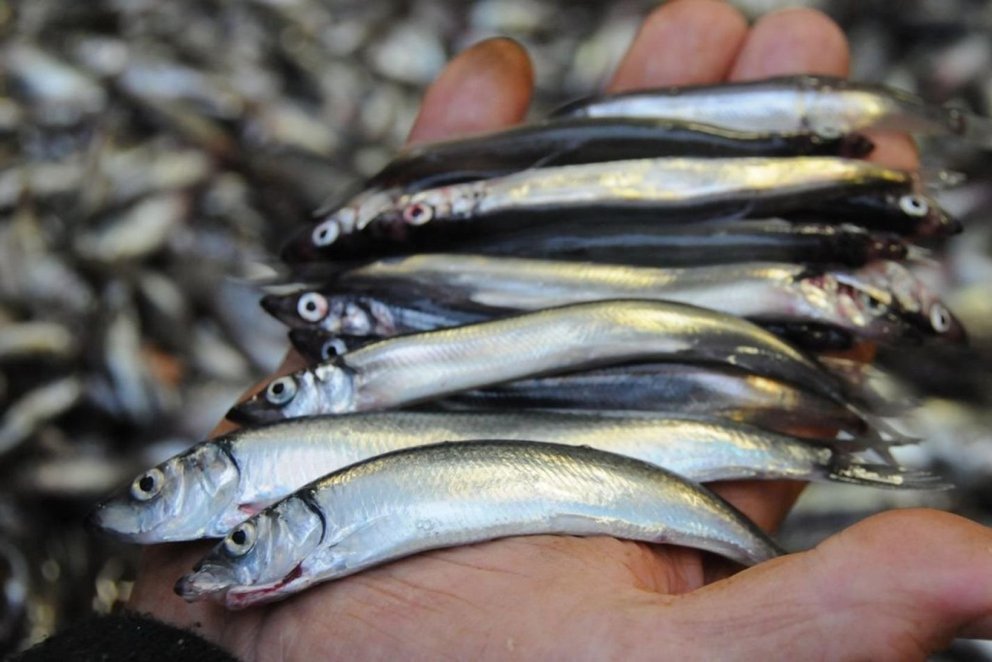- Research
- Fish tagging
- Lumpfish research
- Oceanography
- Seabed mapping
- Arnarfjörður
- Drekasvæði
- Ísafjarðardjúp
- Jökulbanki
- Jökuldjúp
- Kolbeinseyjarhryggur and adjacent area
- Kolluáll
- Langanesgrunn
- Látragrunn
- Nesdjúp
- Reykjaneshryggur and adjacent area
- Selvogsbanki
- South of Selvogsbanki
- South of Skeiðarárdjúp
- South of Skerjadjúp
- Southeast of Lónsdjúp
- Southwest of Jökuldjúp
- Suðausturmið
- Suðurdjúp
- Vesturdjúp
- East of Reykjaneshryggur
- Vestfjardarmid
- Seal research
- Whale Research
- Advice
- About
Half a million fish stomachs researched for a period of 27 years
15. January 2024
 Cod has a varied diet and eats capelin in abundance. Ljósmynd/Havforskningsinstituttet
Cod has a varied diet and eats capelin in abundance. Ljósmynd/Havforskningsinstituttet
The Marine and Freshwater Research Institute in Iceland has published a new report that reveals a standardized analysis of the diet of 36 demersal fish species inhabiting the seas around Iceland, comprising 15 cartilaginous species and 21 species of bony fish.
The results provide information on the dependency of various demersal fish species on certain food groups, and based on their importance, predatory fish can be classified into several groups. Cod, the most abundant demersal fish of the continental shelf, has a varied diet, and eats what is available at any given time, mostly capelin, other fish, and various crustaceans. Of the other species on the continental shelf, ling, tusk, and anglerfish are primarily piscivores, while the main crustacean feeders are starry ray, saithe, whiting, and golden redfish. On the other hand, haddock, Atlantic wolffish, northern wolffish, plaice, dab, and long rough dab feed primarily on benthic invertebrates. Lumpfish has the peculiarity of relying mainly on jellyfish.
The report looks specifically at the spatial distribution of the main food species and groups as reflected in stomach samples of demersal fish. It also evaluates their distribution in relation to temperature and depth and which predators rely most on the prey in question.
The results are provided by analysing 590 thousand stomachs of demersal fish for 27 years, from 1996 to 2023. This research, of the diet of demersal fish species inhabiting the seas around Iceland, is the most comprehensive of its kind that has been carried out.
Abstract from the report (in Icelandic and English)
The report. In Icelandic; tables and figures in Icelandic and English.
